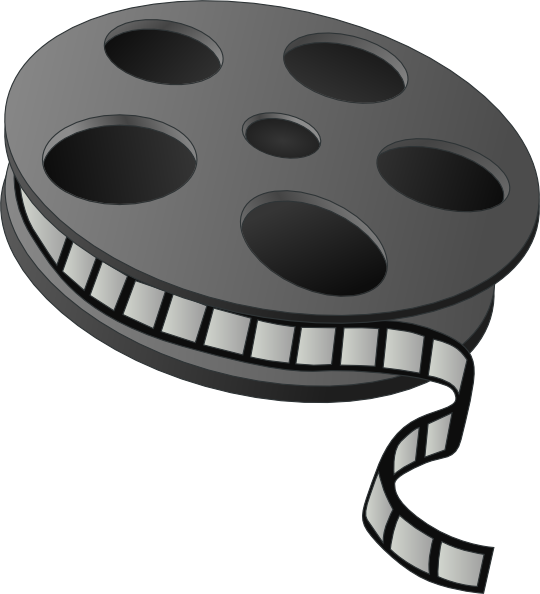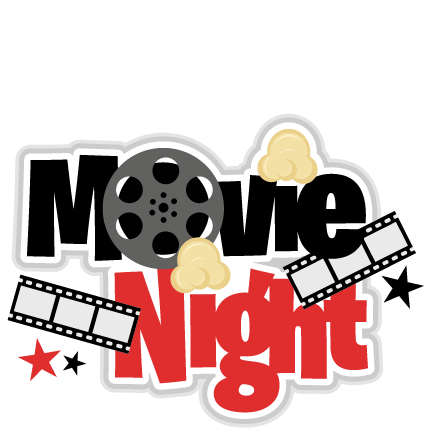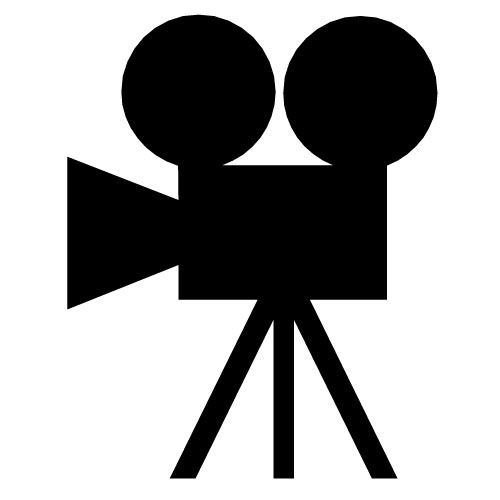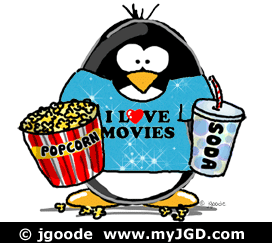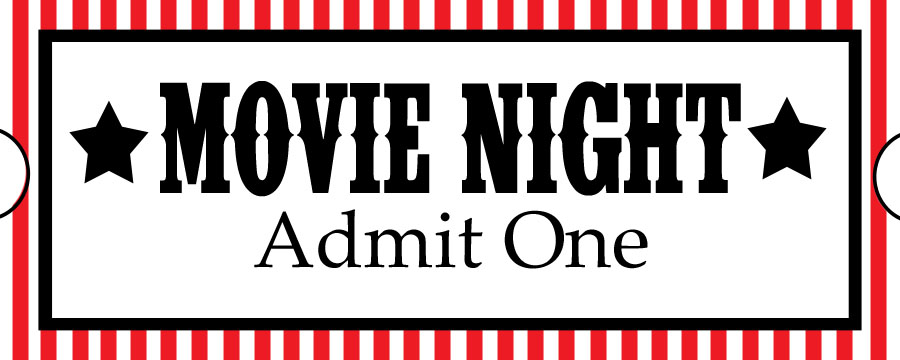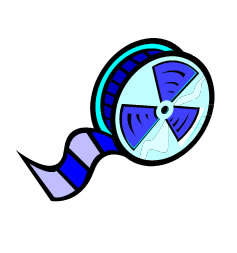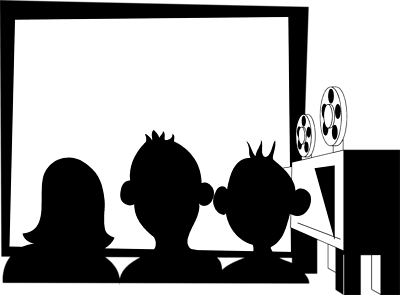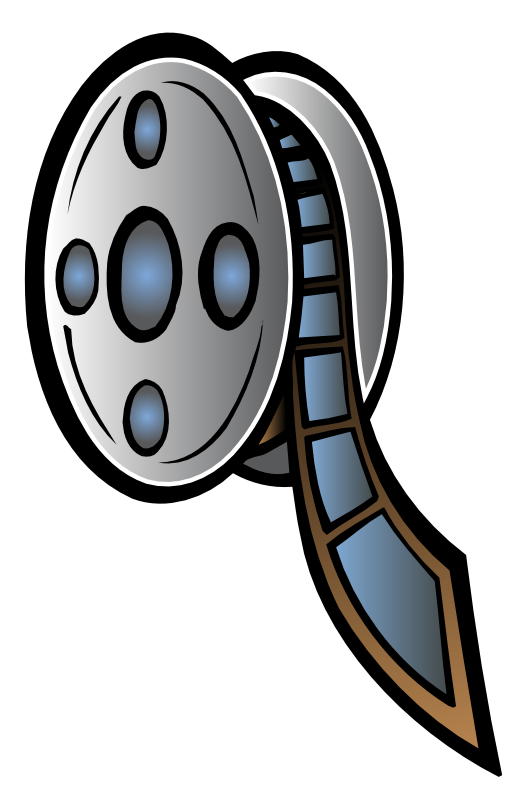Movie Clip Art
The origin of motion pictures dates back to 1878 when Eadweard Muybridge used a series of still cameras to capture a galloping horse. This breakthrough led to Thomas Edison’s introduction of film stock and projectors, with the first public film screening in 1895. Film technology rapidly advanced across the 20th century. Hollywood emerged as the epicenter of American cinema after filmmakers migrated there for the ideal weather and infrastructure. Choreography, sound, color and digital effects were cinematic innovations through the decades as films evolved into mass entertainment. Now the hero-glorifying escapist films from the Golden Age define iconic movie status.
Genres of Movies
Popular film genres have distinct styles and conventions. Action/adventure films like Indiana Jones offer thrilling physical feats with rip-roaring stunts. Comedies make audiences laugh through silly antics, clever wordplay and absurd situations as with Monty Python films. Drama explores serious stories about complex human struggles as Schindler’s List does for the Holocaust. Horror built suspense through creepy dangers like Alien’s extraterrestrial monster. Musicals incorporate elaborate song-dance numbers as with Singin’ in the Rain. Animation morphs fantasy worlds filled with colorful characters like The Lion King. There are also major hybrid crossover genres between romance, sci-fi, fantasy, crime and more.
The Movie-Making Process
Movie-making is an intricate process. Pre-production involves concept brainstorming, screenwriting, storyboarding, casting calls and budgeting. Production is the filming phase relying heavily on actors, camerawork, lighting, sound and visual effects. Teams work long days with specialized gear to capture hours of footage. Post-production combines editing of footage, sound effects, musical scoring and graphics into the final cut that gets distributed to audiences in cinemas and nowadays online via streaming services. Marketing campaigns also aim to build buzz around upcoming releases.
Jobs in the Film Industry
Hundreds of people comprising multiple teams work together to create movies under the leadership of directors and producers. Directors guide overall artistic vision including actors’ performances. Producers coordinate logistics, scheduling and finances. Cinematographers operate cameras and frame shots. Costume and set designers define character appearances and backgrounds in scenes. Sound engineers capture dialogue and ambient audio. Editors piece raw footage together into cohesive sequences. Visual effects artists generate stunning computer graphics. Composers write emotionally resonant musical scores performed by musicians. Marketing strategists run ad campaigns.
Iconic Movies Through History
Certain landmark movies set new standards redefining cinema forever. 1915’s emotionally wrenching Birth of a Nation demonstrated film’s propaganda power despite its racism. 1927’s first talkie The Jazz Singer created a sensation with synchronized dialogue. 1939’s sweeping classic The Wizard of Oz captivated all ages in Technicolor. 1964’s counter-cultural Easy Rider impacted attitudes. 1977’s space epic Star Wars spearheaded franchised cinematic universes via toy merchandising and sequels. 1993’s computer-graphics-driven Jurassic Park made CGI mainstream. Impactful movies absorb into the cultural zeitgeist spreading referenced visuals and quotes for decades.
Popularity of Movies
Over a century past its infancy, cinema still enthralls billions globally. Recent years averaged 11 billion movie tickets sold worldwide and $40 billion in box office revenues annually prior to COVID-19 shutdowns. North America’s roughly 40,000 cinema screens dominate box office charts with hundreds of new wide-release movies every year, especially big-budget action blockbusters around summer and holiday seasons. However streaming emerged as serious competition with US households spending 85% more on streaming than theater content. Portable personal devices make on-demand video ubiquity reshape viewing habits.
Purpose of Movie Clipart
Clipart refers to generic reusable artwork shared online publicly. Movie clipart contains graphical artwork related to famous movies and cinema iconography. These include images of celebrities, characters, logos, genres, props, equipment and environments styled as decorative illustrations rather than photos. Designers utilize movie clipart for efficiently communicating cinematic ideas visually. Compared to actual copyrighted movie materials, clipart constitutes new derivative pieces of art alluding to classics.
Types of Movie Clipart
Myriad styles of movie clipart exist. Custom graphics get modeled after Hollywood award shows like Oscars statues and theater curtain backdrops. Genre visuals encompass magic wands from Harry Potter, Jedi laser swords from Star Wars, or Shark fins from Jaws. Customized title screens and vintage film leader countdown graphics set cinematic moods. Caricatures depict Charlie Chaplin’s cane & bowler hat, Groucho Marx’s glasses, Woody Allen’s specs or Marilyn Monroe’s fluttering skirt. Alfred Hitchcock, ET, Snow White, Dracula and King Kong represent classic pop culture symbols. VHS tape, film reels and clapperboard designs signify movie paraphernalia.
Using Movie Clipart
Motion picture clipart livens up movie-themed designs digitally and for print. Software templates incorporate them into Hollywood invitations, film festival banners, cinema gift certificates, actor headshots resumes and film school graduation announcements. Physical crafts projects apply them onto t-shirts, mugs, greeting cards, posters, scrapbooks and decoupage décor. Writers utilize them in film reviews, novelizations and educational texts discussing cinema. Comedic memes mashup film icons in wacky photomontages that spread virally online. They remind audiences of beloved characters evoking emotional nostalgia.
Copyright Issues Around Movie Clipart
Using movie clipart risks potential copyright infringement if not following fair use guidelines claiming deriviative transformation. Artists should properly reference the titles and creators they are graphically alluding to rather than implying ownership. Stylized fan art stays legally safer whereas attempting to reproduce exact logos and iconic images from studios usually violates IP rights. Additionally images of celebrity faces retain distinct likeness rights protecting from misappropriation. In cases of doubt, parody protection permits satirizing content whereas non-profit education usage leniency allows some inclusion in academic analyses. Regardless wise artists employ movie clipart respectfully to inspiringly honor cinema’s greatness.
In this page clipartix present 84 movie clipart images free for designing activities. Lets download Movie Clip Art that you want to use for works or personal uses.





